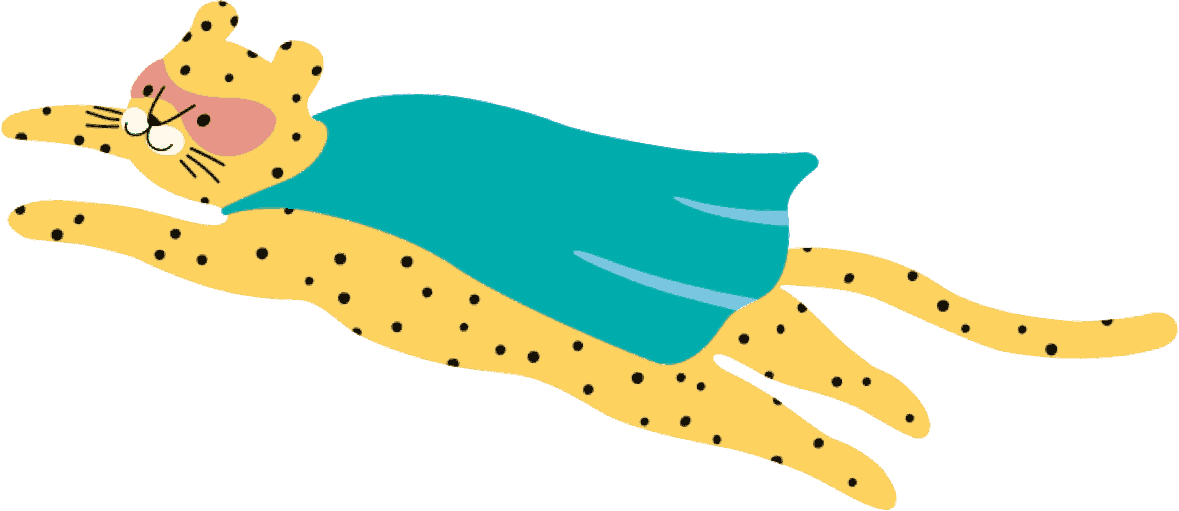Arts and crafts is such a fun way to encourage self-expression, fine motor skills, creativity and learning. This easy DIY activity will offer a number of creative painting ideas using household objects (and sometimes even food) as an exciting way to experiment with different paint mediums.
Materials:
- Painting paper on an (optional) art easel
- Washable paint
- Plate or palette to mix paints
- Different painting mediums, such as:
- Plastic Easter eggs, broken in half
- Pool noodle cut into small rings
- Apple cut in half
- Any other household item that you want to test out
Instructions:
- Gather your painting supplies and the items you want to paint with. Use a variety of shapes, colors and textures. You can use these throughout the activity to help your child identify the differences in the objects you are using.
- Take turns dipping your items into the paint and dabbing them onto your paper or easel.
- Let your child take the lead on choosing items to dip into the paint. You will get a great glimpse into their mind as well as their interests. Watch your kids concentrate and make choices that help them feel in control.
- Together, you can talk about the shapes the objects make, "This noodle core looks like a giant "O" - where else can you find an "O" like that? Does it look like anything else?" Explore mixing paint colors and narrate what changes you're seeing. "If I add red to yellow, what color does this make? Orange!" Take turns with your little one deciding what colors to paint with and what shapes to make.
- For an added element of fun, after their painting has dried, invite them to draw on top of their stamped shapes to create faces, animals, or objects found in in the world.
- Be sure to hang up the art your little one has created so they can feel celebrated and recognized for their talent and hard work. Give your child an opportunity to talk to you about the painting, the colors used, and why they made the decisions they did. This will give you insight into their creativity, interests and problem-solving skills.
Skill areas addressed:
- Fine motor skills
- Color recognition
- Shape recognition
- Making choices
- Creativity
Author: Brittany Gardner

